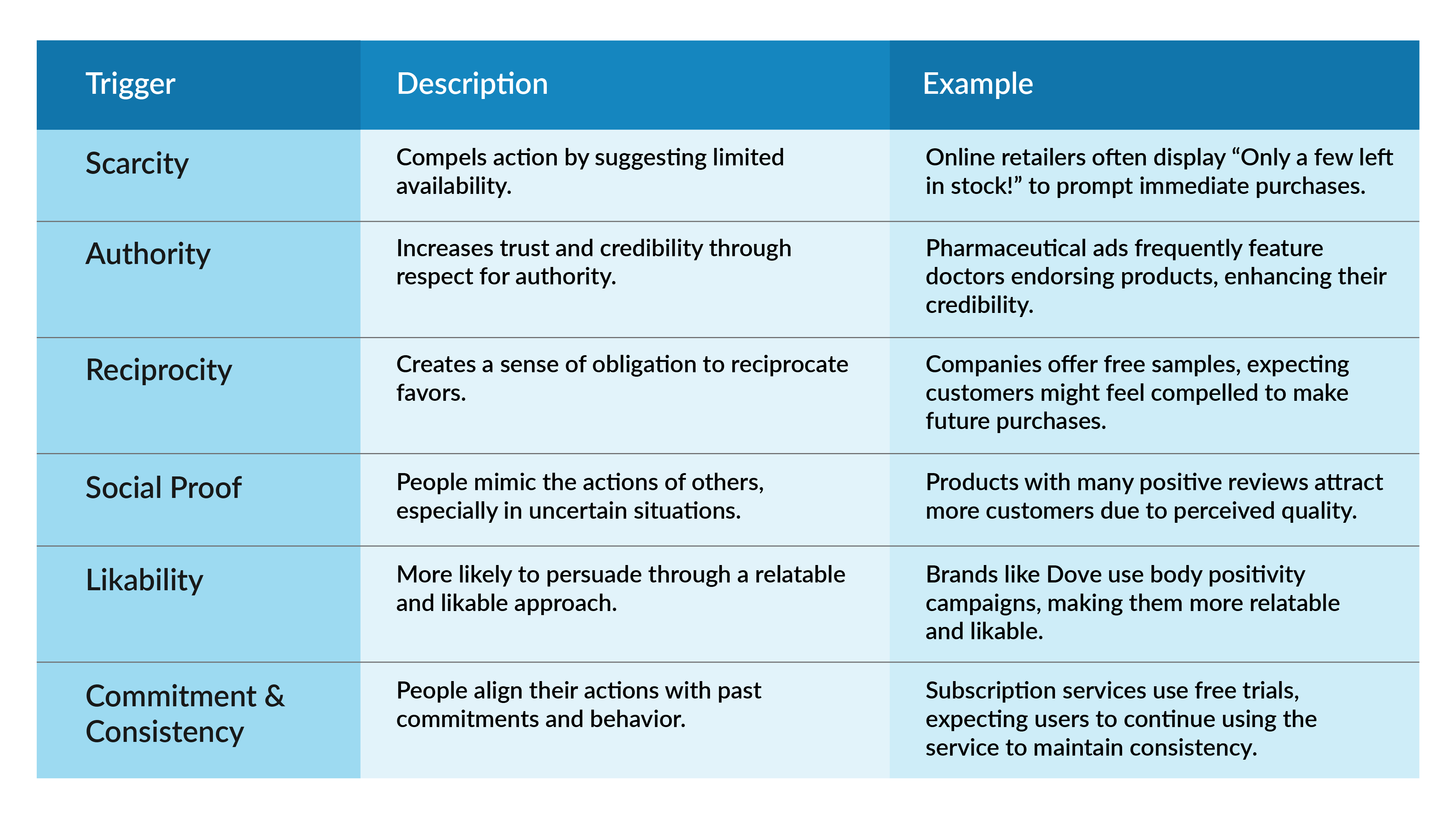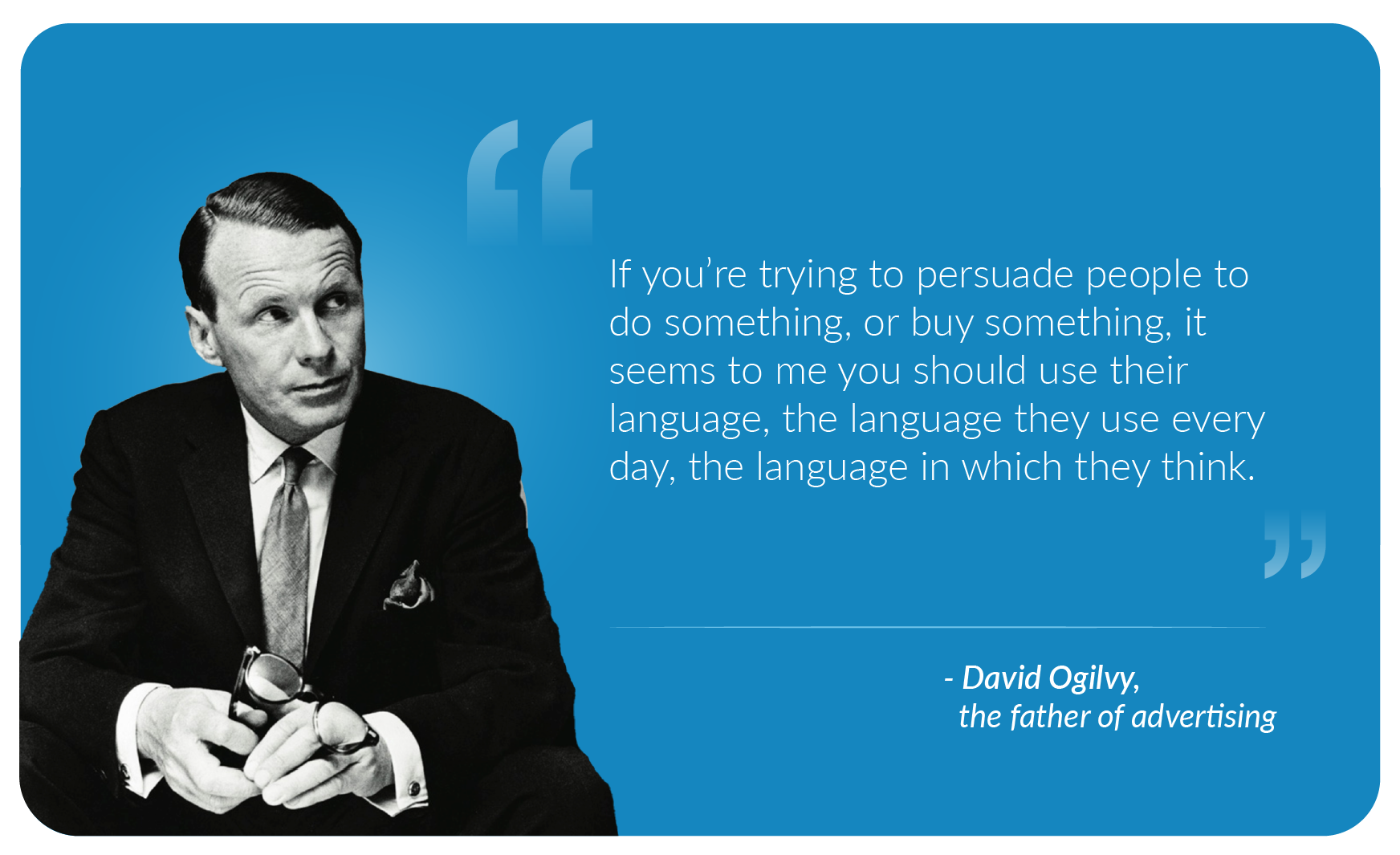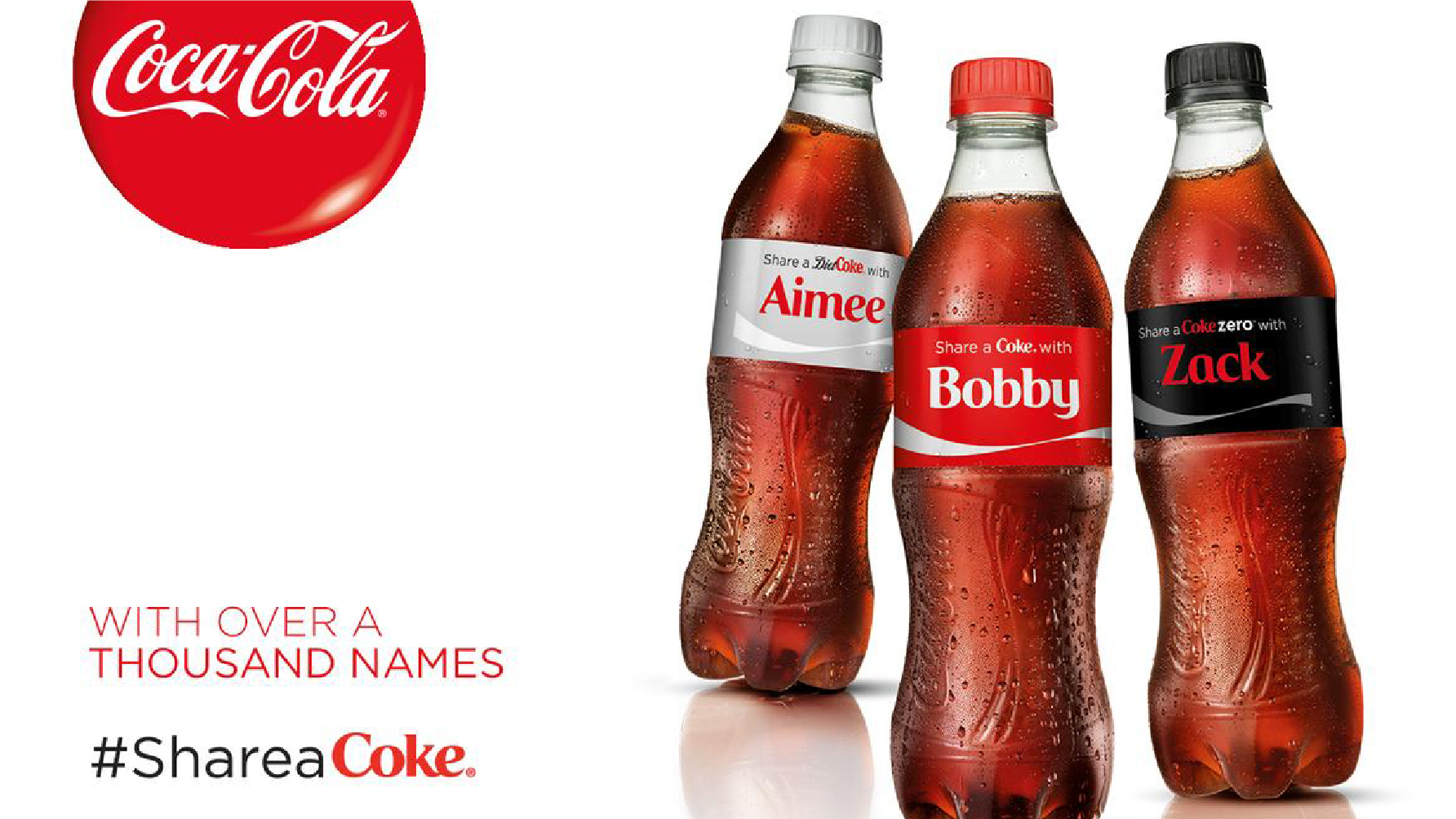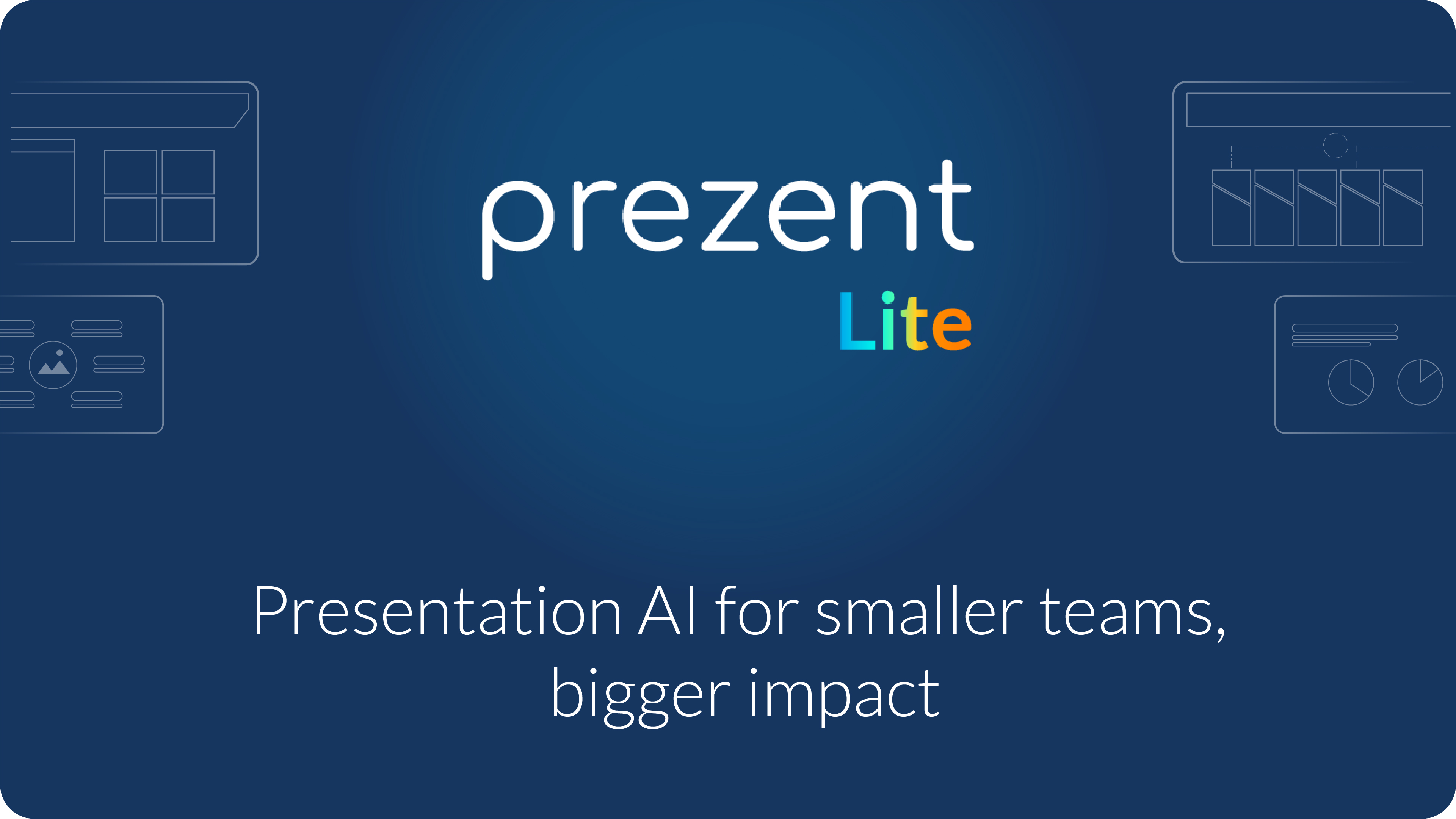Speak to their minds: Understand the psychology of the audience

Grasping the psychology of your audience is a critical factor in crafting messages that not only capture attention but also inspire action. Whether you’re a marketer, marketing a product, leading a classroom, or presenting at a conference, tuning into the psychological wavelengths of your audience can dramatically amplify the impact of your communications. This detailed exploration dives into the core principles of audience psychology, arming you with practical insights and strategies to elevate your ability to engage and connect more meaningfully with your audience.
What is audience psychology?
The psychology of audiences examines the underpinnings of audience behavior, particularly how people are influenced by their psychological traits and social contexts when they receive information. It delves into why certain messages resonate more deeply with audiences than others and explores how emotions and cognitive biases can be leveraged to enhance communication effectiveness.
Consider the insight from Dale Carnegie, who famously said, “When dealing with people, remember you are not dealing with creatures of logic, but creatures of emotion.” This quote captures the essence of audience psychology—highlighting the pivotal role of emotional responses over logical arguments in effective communication.
Take, for example, Nike's iconic "Just Do It" campaign.

It didn't just sell sports apparel; it connected on a deeper emotional level, speaking directly to the grit and perseverance within each customer. This campaign effectively tapped into the aspirational bias, motivating people to strive and achieve, showcasing how a profound understanding of audience psychology can turn a simple message into a powerful motivational force.
By analyzing these psychological elements, audience psychology provides critical insights that help communicators craft messages that are not only heard but truly resonate with the core of the audience’s values and beliefs. Engaging with this aspect of communication ensures that messages don't just pass through the ether but make a meaningful impact.
Why should you understand the Psychology of your audience?
In this media-saturated world, captivating and maintaining an audience's attention is more challenging than ever. Understanding audience psychology isn't just useful—it's essential. By diving into the minds of your audience, you can craft messages that resonate, build lasting relationships, and effectively motivate actions. Here's why mastering this art can make a monumental difference in your communications.
1. Enhancing receptivity and engagement
Understanding your audience's psychological framework is crucial for tailoring messages that they're likely to receive positively and engage with deeply. This awareness influences every facet of communication—from the tone and medium of the message to its timing and context. In real terms, this means aligning your message with the emotional state and cognitive biases of your audience, which can significantly boost engagement.
Engagement isn’t just about catching the eye while public speaking; it's about holding the gaze. Take, for instance, the global reaction to Apple's product launches. Their presentations are masterclasses in audience engagement, meticulously designed to resonate with their audience's desires and aspirations. By utilizing sleek visuals and compelling narratives, Apple doesn't just showcase a product; they sell a lifestyle. This approach ensures that their launches are not only watched but also celebrated across various media platforms, creating buzz and anticipation that translate into massive sales.
This method of engagement is backed by numerous studies in the fields of marketing and psychology, which consistently show that when audiences feel a message has been personalized to their needs and desires, their engagement levels rise significantly.
2. Building trust and credibility
When messages resonate on a psychological level, they build trust and credibility. Audiences feel understood and valued, which in turn makes them more open to the message being conveyed. This connection is critical in a digital age where trust is both fragile and golden.
Psychologist Robert Cialdini discusses the principle of "liking" in his book, Influence: The Psychology of Persuasion. He notes that people are more likely to be influenced by messages from someone they like and feel connected to. By aligning your message with the values and needs of your audience, not only do you enhance receptivity, but you also foster a sense of community and trust.
For example, when brands engage in cause-related marketing that aligns with their audience's values, they see a marked increase in loyalty and trust.
3. Driving behavior and action
The ultimate goal of understanding audience psychology is to influence behavior and drive action. Whether it's persuading someone to buy a product or encouraging changes in behavior, psychology-based strategies are more likely to succeed. Effective use of psychological triggers such as scarcity ("Limited time offer"), authority ("Recommended by experts"), or reciprocity ("Receive a free gift with your purchase") can greatly enhance the persuasive power of your messages.
Consider how health campaigns use social proof to encourage vaccinations. By showing that many others are getting vaccinated, they tap into the audience's psychological tendency to conform to popular behavior, thereby increasing participation rates.
Here are some popular psychological triggers along with examples that illustrate how they can be effectively used in communication strategies:

Foundations of audience analysis
Delving into audience analysis is essential for anyone looking to communicate effectively, whether in marketing, education, or public speaking. This analysis not only involves gathering data but also interpreting it to align your message with the expectations and needs of your audience. It provides the foundation for crafting communications that resonate, persuade, and ultimately drive the desired action.
Demographics and psychographics
Understanding who your audience is through demographics and psychographics is foundational. This information not only shapes how messages should be crafted but also ensures that they are delivered in the most impactful way.
- Demographics: Identifying the external characteristics of your audience—such as age, gender, income level, and education—helps tailor your approach. For example, knowing the average age of your audience can significantly influence the type of language and media you choose. A younger audience might resonate better with trendy, upbeat language and digital media like social platforms, whereas an older demographic might prefer more formal language and traditional media such as newspapers or television.
- Psychographics: Going beyond mere demographics, psychographics delve into the psychological traits of your audience, such as values, beliefs, and motivations. These insights can guide the emotional tone of your communications.
For instance, an audience that values environmental conservation might respond more positively to messages framed around sustainability and green practices. Understanding these underlying motivations allows you to connect on a deeper level, making your communications more compelling.

Cognitive biases and influence
Humans are often irrational in their decision-making, influenced by various cognitive biases. Recognizing these biases can help in crafting messages that are more likely to be accepted and acted upon by your audience.
- Confirmation Bias: People tend to favor information that confirms their pre-existing beliefs. This bias can be leveraged by reinforcing what the audience already believes with supporting evidence or testimonials. For instance, if you are marketing a new fitness app to an audience that already values health and wellness, highlighting customer success stories can validate their inclination to buy.
- Availability Heuristic: This cognitive shortcut occurs when people assess the probability of an event based on how easily an example can be brought to mind. A relevant example is the way safety concerns are amplified after reports of airplane accidents, despite air travel being statistically safer than car travel. When communicating a product's benefits, citing familiar and relatable examples can make your message more persuasive.
- Social Proof: This bias explains why people mimic the actions of influencers in an attempt to undertake behavior in a given situation. It’s why testimonials and user reviews are so powerful. Displaying how many others have purchased a product or subscribed to a service can encourage new users to follow suit. For example, apps often show notifications like "John and 50 others bought this item recently," to invoke this bias and encourage purchases.
Engaging your audience: Strategies and techniques
Navigating the noisy and ever-expanding media environment requires more than just grabbing the attention of your target audience. True engagement is about creating connections that are both meaningful and interactive, ensuring that your messages don't just reach people, but genuinely resonate, leave a lasting impression, and lead to their conversion. Here, are some dynamic strategies and techniques designed to captivate your audience and create a memorable impact.
Emotional connection
Creating an emotional connection with your audience is crucial for memorable, persuasive and appealing communication. Emotions drive decision-making, enhance retention, and can significantly amplify the impact of your message.
Storytelling: The power of storytelling cannot be overstated. A well-crafted story can transport audiences, evoke strong emotions, and make complex information more digestible. For instance, charity organizations often share compelling personal stories of those they help, which can lead to a significant increase in donations.

Visuals: Emotionally charged visuals can significantly enhance the emotional impact of your message. Research indicates that content with relevant images gets 94% more views than content without images. Whether it's a poignant photo in a news article or a heartwarming video in a social media post, visuals are a powerful tool to evoke specific emotions such as joy, sadness, or sympathy.

Tone and language: The tone and language you use should align with the emotional state you intend to evoke. This might mean adopting a more casual and humorous tone for a young, vibrant audience or a more serious and respectful tone for discussing sensitive issues. Effective use of tone and language helps ensure that the emotional context of your message aligns with the preferences and expectations of your audience.
Personalization
In the digital age, personalization is a key driver of engagement. Tailoring content to meet individual preferences and behaviors can dramatically increase its relevance and impact.
Personalization can be as simple as including the audience's name in email communications, which has been shown to increase open rates by up to 26%. More sophisticated forms of personalization involve using behavioral data to tailor the content itself, such as suggesting products or services based on past interactions, which can boost sales by up to 20%.
Consistency and interaction
Maintaining a consistent message across various channels is essential for reinforcing your message and building trust with your audience.
A consistent tone and style across all platforms help strengthen your brand's voice and make your message more recognizable and reliable. For example, Apple’s consistent aesthetic and messaging across all advertising platforms reinforce its brand identity as sleek, premium, and user-friendly.
Interactive content like polls, quizzes, and Q&A sessions not only keeps your audience engaged but also provides valuable feedback for further personalization. For instance, BuzzFeed has mastered the art of interactive content, with quizzes that often go viral, encouraging repeated visits and engagement on the site. Interactive content has the added benefit of increasing time spent on page, a critical metric for digital marketing success.
Extending engagement through influencer marketing
Influencer marketing is another powerful strategy in audience engagement, leveraging the trust and credibility that influencers have built with their followers. Tools like BuzzSumo or Upfluence can help identify influencers whose audiences align with your own target demographic. By partnering with these influencers, you can tap into their audiences in a way that feels organic and authentic, thus extending your reach and enhancing engagement.
Real-world applications: Case studies
Marketing success with Coca-Cola

Coca-Cola's "Share a Coke" campaign is a prime example of effective audience psychology in marketing. By personalizing bottles with common names, the campaign created a personal connection with consumers, encouraging not only purchase but also social sharing. The campaign leveraged the psychological concept of ownership and the joy of personalized products to drive its success.
Educational advances through gamification
The integration of gamification into educational strategies has proven to be a powerful tool to enhance learning by leveraging psychological principles such as competition and achievement. Gamification transforms the learning process into a more interactive and enjoyable experience by incorporating elements typical of games, such as point scoring, competition with others, and rules of play.
A prime example of successful gamification in education is the language learning app Duolingo. By using a combination of points, levels, and immediate feedback, Duolingo keeps learners engaged in a way that feels more like playing a game than studying a new language. This approach not only makes learning less daunting but also more motivating.
Understanding of the psychology of the audience with Prezent
Understanding your audience and their unique psychology is crucial in crafting messages that resonate deeply and elicit the desired responses. Prezent's Communication Fingerprint feature takes this understanding to a whole new level by offering a comprehensive analysis of what your audience like, their preferences, behaviors, and engagement patterns.
This tool analyzes various aspects such as learning styles, attention spans, and responsiveness to different types of content. For instance, some audiences may prefer detailed data-driven approaches, while others might engage more with stories and visuals. Understanding these nuances can dramatically improve how effectively your message is received and acted upon.
Prezent identifies eight unique communication fingerprint types: Architect, Director, Navigator, Performer, Producer, Scholar, Scientist, and Surgeon. Each type has specific preferences. For instance, a Navigator enjoys vibrant visuals, inductive storylines, and narrative data presentations. Find your Fingerprint today!
Prezent's distinctive capabilities make it a preferred tool for numerous businesses, offering various advantages such as:
- Skill enhancement: Professionals can evaluate their fingerprints to identify their strengths and pinpoint areas needing improvement.
- Advanced personalization: The fingerprint feature in Prezent enables professionals to craft highly personalized presentations that consistently engage their audiences, thereby increasing their confidence and effectiveness.
- Boosted teamwork: By understanding the fingerprints of team members, professionals can enhance team dynamics and improve collaboration.
Learn more about Prezent by scheduling a demo with our experts, who will guide you through the platform's many capabilities. Alternatively, you can explore the platform yourself with a free trial.













